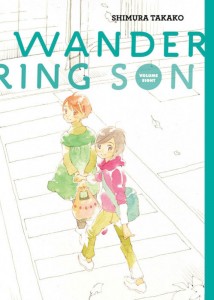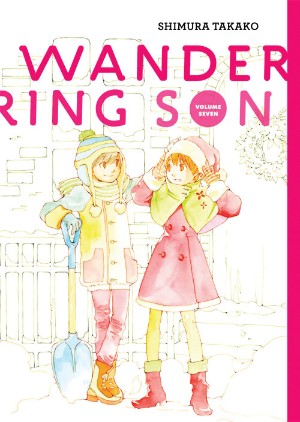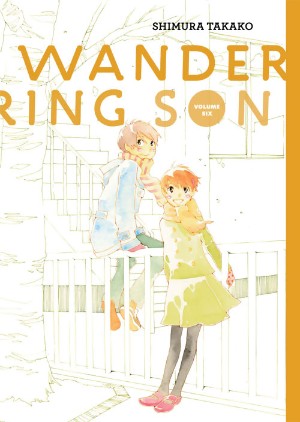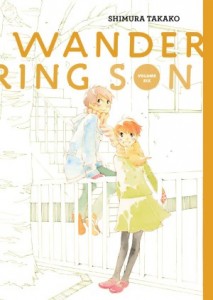By Shimura Takako. Released in Japan by Enterbrain, serialized in the magazine Comic Beam. Released in North America by Fantagraphics.
It’s always interesting to see which expectations this series plays into and which ones it subverts. Nitori and Anna are still dating throughout this volume, and it’s really, really cute. I adore them as a couple. And when Nitori confesses about wanting to wear girl’s clothing, Anna is not only seemingly fine with it but by the end of the volume is getting them matching accessories. But the question is, is this where the series is actually going to go? Because I think a lot of folks are expecting that Nitori and Takatsuki will end up together, because they’re the leads, and because that’s the sort of things that happen in romance titles like this. Except Wandering Son isn’t really a romance title.
Speaking of Takatsuki, after last volume’s explosions with Chiba, it’s interesting to see that they’ve patched things up to a degree, though this does lead to the most awkward foursome ever when they come across Nitori and Anna on a date and everyone ends up at a karaoke booth. Takatsuki is trying to fittle victories this time around. Sarashina is the sort who can wear a boys’ uniform to school and not fear consequences. Takatsuki has to make do with things like wearing a tie rather than the school ribbon. And then there’s the hair, which is starting to grow out and “become more feminine”. Takatsuki’s gender identity has always felt more ambiguous and conflicted than Nitori’s, and that’s evident here, as we’re dealing with a child who’s still trying to decide between two states.
I was surprised to see the addition of Doi, who seems to be starting to move on from his ‘bully’ stage, but it was a nice moment, as it led to a) some very funny business for when he actually meets Yuki, and b) the revelation to him that yes, trans people an be incredibly attractive and are not the stereotypical drag queens with stubble that Japanese entertainment enjoys showing them as (see One Piece as an example of this). Doi and Nitori’s scenes together are filled with awkwardness, but it’s also his desire to see Nitori dressed as a girl, compounded on top of Nitori’s budding relationship with Anna and some well-meant advice from Sarashina, that leads to the cliffhanger ending of this volume.
Last time I wrote a review of this title, I talked about how it was harder for Takatsuki to do this, and now we’re seeing the inverse of that. Takatsuki can, in a pinch, get away with dressing in a boy’s uniform at school and get off with nothing more than mild scoldings. When Nitori goes to school dressed in a girl’s uniform, there’s immediate punishment – Nitori’s parents are called. We don’t see what happens next – we’ll have to wait for the as-yet unscheduled Vol. 9 for that – but I can’t imagine it’s going to be anything good. The first 3/4 of this volume were perhaps the lightest this series has gotten. The next one is, I suspect, going to be deeply unpleasant and yet utterly fascinating. Still highly recommended.





